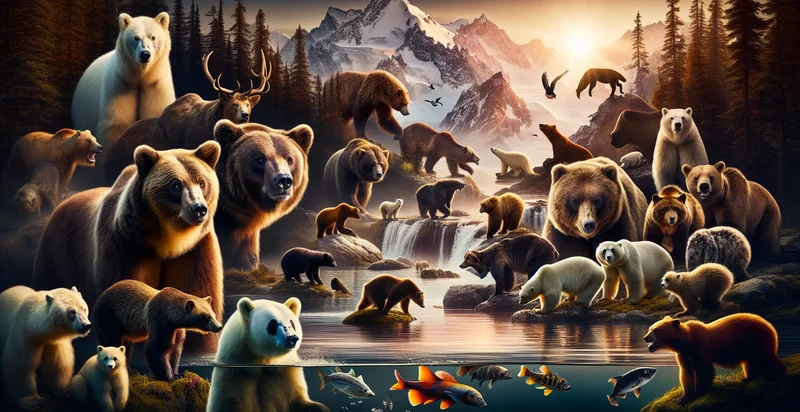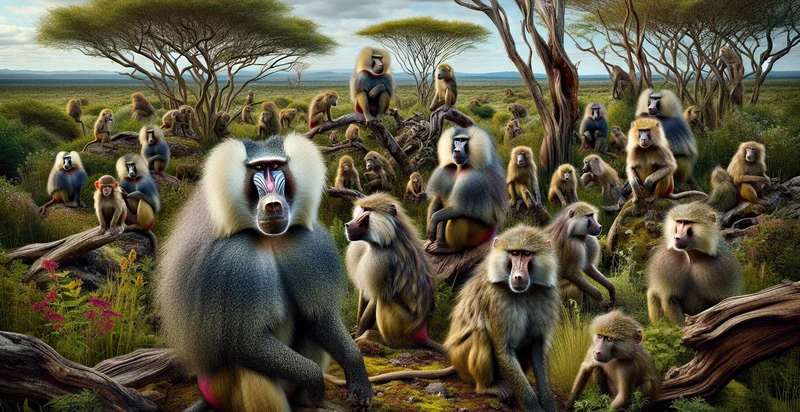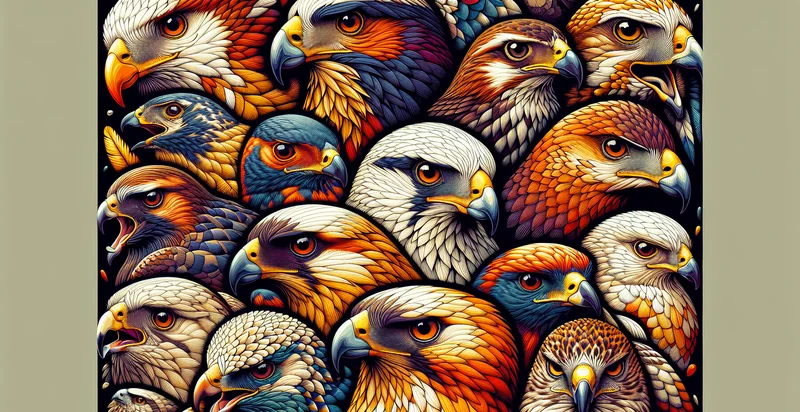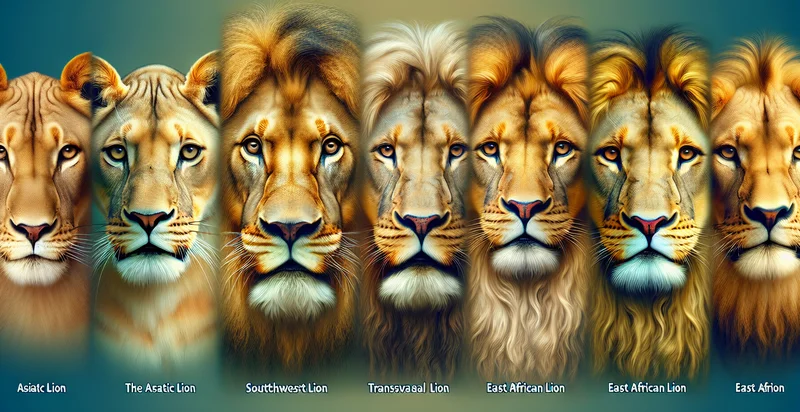Identify bear species
using AI
Below is a free classifier to identify bear species. Just upload your image, and our AI will predict which species of bear it is - in just seconds.

Contact us for API access
Or, use Nyckel to build highly-accurate custom classifiers in just minutes. No PhD required.
Get started
import nyckel
credentials = nyckel.Credentials("YOUR_CLIENT_ID", "YOUR_CLIENT_SECRET")
nyckel.invoke("bear-species-identifier", "your_image_url", credentials)
fetch('https://www.nyckel.com/v1/functions/bear-species-identifier/invoke', {
method: 'POST',
headers: {
'Authorization': 'Bearer ' + 'YOUR_BEARER_TOKEN',
'Content-Type': 'application/json',
},
body: JSON.stringify(
{"data": "your_image_url"}
)
})
.then(response => response.json())
.then(data => console.log(data));
curl -X POST \
-H "Content-Type: application/json" \
-H "Authorization: Bearer YOUR_BEARER_TOKEN" \
-d '{"data": "your_image_url"}' \
https://www.nyckel.com/v1/functions/bear-species-identifier/invoke
How this classifier works
To start, upload your image. Our AI tool will then predict which species of bear it is.
This pretrained image model uses a Nyckel-created dataset and has 11 labels, including Polar Bear and Grizzly Bear.
We'll also show a confidence score (the higher the number, the more confident the AI model is around which species of bear it is).
Whether you're just curious or building bear species detection into your application, we hope our classifier proves helpful.
Related Classifiers
Need to identify bear species at scale?
Get API or Zapier access to this classifier for free. It's perfect for:
- Wildlife Conservation Efforts: Organizations engaged in wildlife conservation can use this function to identify specific bear species in various regions, helping them in tracking population trends, identifying habitat regions and planning targeted conservation efforts.
- Animal Documentary Production: Film and documentary producers can use this function to accurately label species of bears in their videos or images. This will increase the authenticity of the information presented in their productions.
- Ecotourism: Ecotourism companies can use this function to accurately identify and inform their clients about the specific bear species found in their travel destinations. With this, they can enhance travelers' educational experiences and ensure accurate information dissemination.
- Law Enforcement: Wildlife law enforcement agencies can use this function for enforcing laws related to specific bear species. They can effectively identify and document illegal sale or trafficking of specific bear species using this function.
- Wildlife Photography: Professional wildlife photographers can use this function to properly identify and tag their photos of different bear species. This will enhance the usability and specificity of their portfolio and images sold to various nature publications or platforms.
- Biodiversity Research: Biodiversity researchers can use this function to analyze and document bear species around the world. This will help in keeping records up-to-date and advancing understanding of bear species and their distribution worldwide.
- Zoological Gardens: Zoos can use this function to effectively manage their exhibits and accurately educate their visitors about the different species of bears in their captivity. This function can greatly multiply the impact of their educational programs, and ensure correct species identification.


